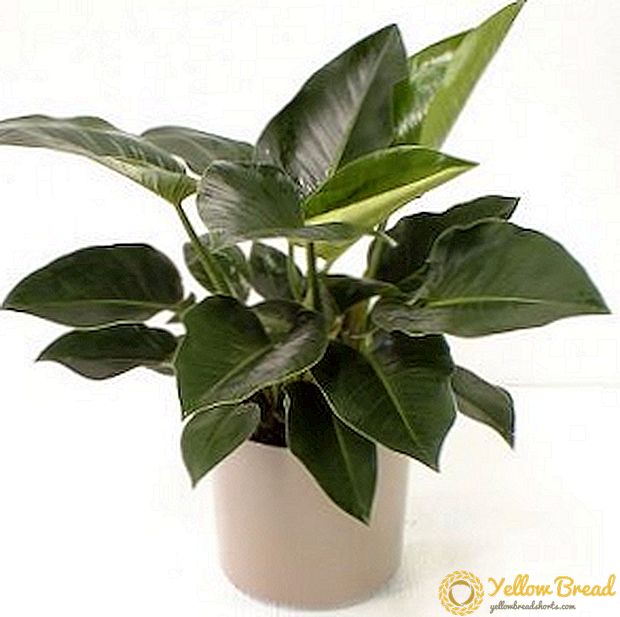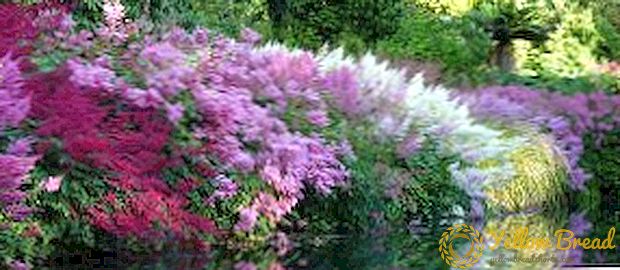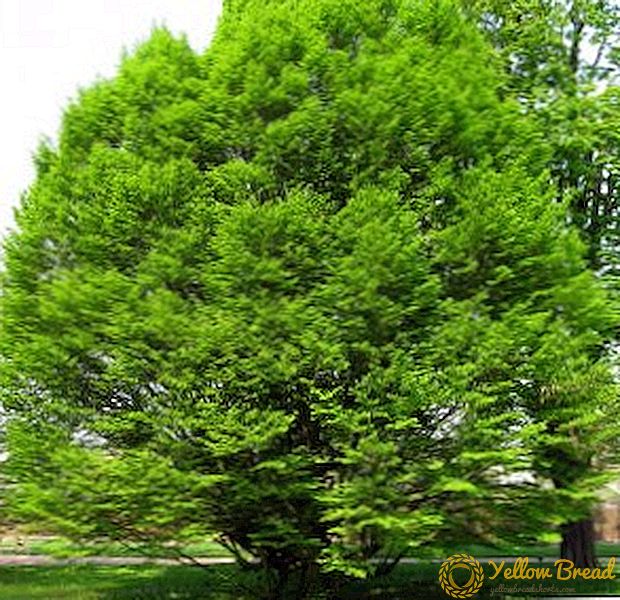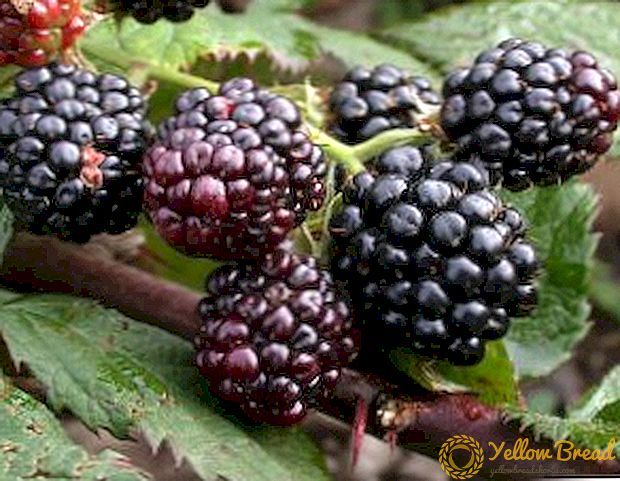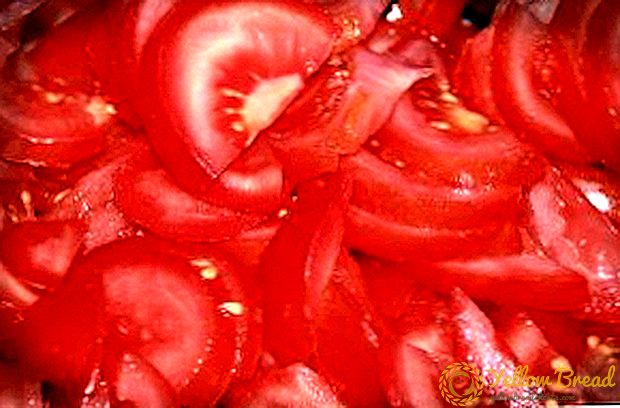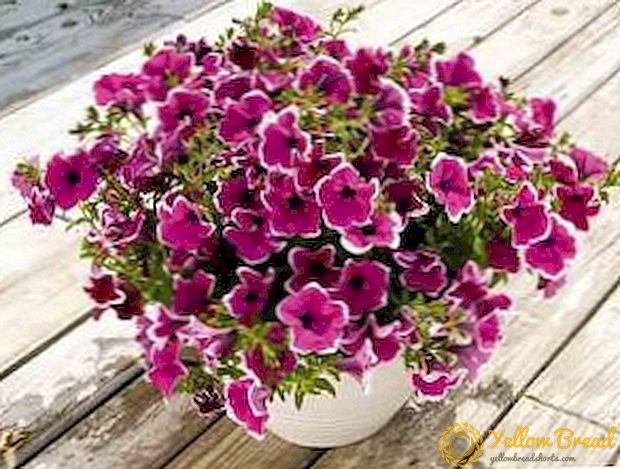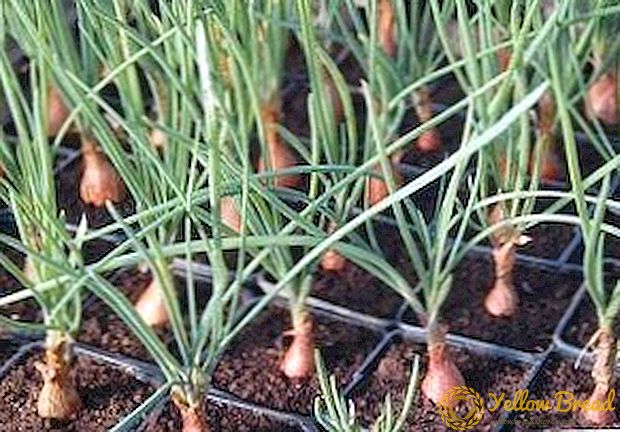 Onions, which are grown in their own area, much better shop. But what if the harsh climate of Siberia does not allow you to get a good harvest? In our article, we will tell you a few secrets about how to plant and grow family onions in Siberia.
Onions, which are grown in their own area, much better shop. But what if the harsh climate of Siberia does not allow you to get a good harvest? In our article, we will tell you a few secrets about how to plant and grow family onions in Siberia.
- The best varieties of onions for Siberia
- Optimum terms for landing in severe conditions
- Requirements for planting material
- Preparatory work before landing
- Site preparation
- Seed preparation
- Scheme and depth of landing
- Peculiarities of care
- Watering
- Weeding and Loosening
- Fertilization
- Fight against possible pests and diseases
- Harvesting and storage of the crop
The best varieties of onions for Siberia
List of the best varieties of onion sets for Siberia:
- "Strigunovsky" - this variety is early ripening. The bulbs are round, can weigh from 100 to 200 g. Taste is not sharp. This variety is well kept. If when growing onions moisture is not enough, the fruits are small and bitter.
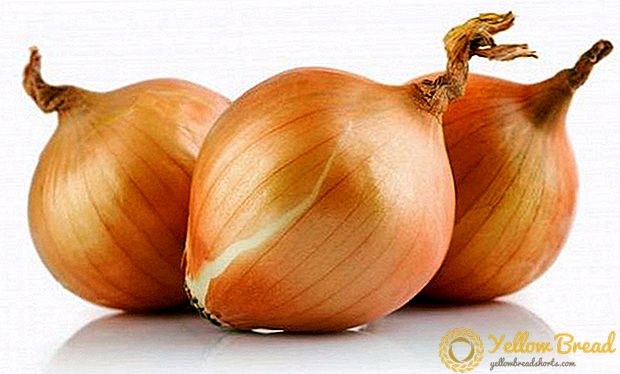
- "Arzamas local" - This is a mid-season variety. From germination of sevka to bend in 80-100 days. Dense onions grow from 30 to 60 g. This variety has a sharp taste.
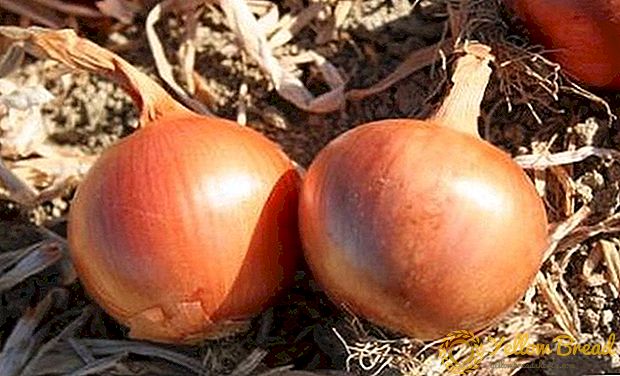
- Onion "Siberian annual" - refers to the early ripening varieties. Bulbs are rounded flat.The outer scales are dry, yellow with a pinkish tinge. The mass of bulbs of this variety can reach 200 g. Annual Siberian variety is considered to be a salad.
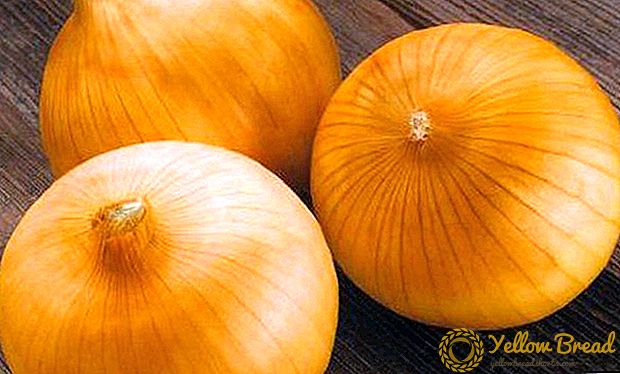
- "Bessonovsky local" - fruitful, early ripening variety. The bulbs grow with a mass of about 30 g. The shape can be both round-flat and flat.
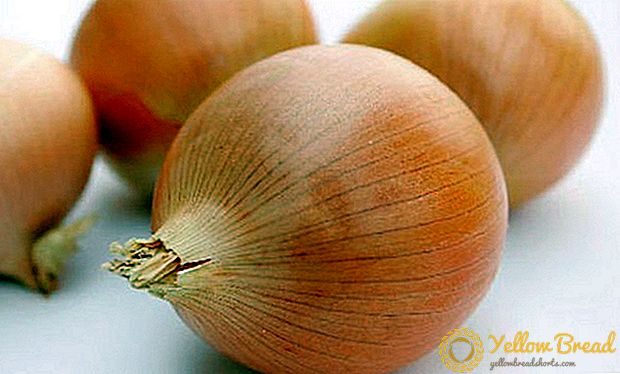
Optimum terms for landing in severe conditions
Sevok in Siberia planted in the spring, when the topsoil warms up to 10 ° C. This is usually done at the end of April - beginning of May, before the 10th.
Requirements for planting material
Sevok should be about the same size. Planting material should not have rotten and moldy onion. And they should not be massively germinated. 
Preparatory work before landing
Before planting onion sets in Siberia, it is necessary to prepare the site and planting material.
Site preparation
Onions - light-loving culture, so the place for planting it should be well lit. It is necessary to prepare the site in the autumn: dig up shovels on the bayonet and bring in the compost.

Seed preparation
Several ways to prepare sevka:
- In 5 l of water pour 2 tbsp. l salt. In this solution, soaked the bulbs for a day. After that, it is necessary to sustain them for 15 minutes. in a light solution of potassium permanganate. Put them in the ground without drying.
- Sevok is heated for 10 hours in water at a temperature of 40 ° C. It is necessary to constantly add hot water. After that, it is treated with growth promoters. To prevent powdery mildew, sevok is dipped in a solution of copper sulfate or manganese.
- If there is no time to warm the bulbs, then you can immerse them in water at 55 ° C for 15 minutes and then immediately in cold water for the same time. Further disinfect with potassium permanganate.
- Onions are dried for 10-20 days at 25 ° C to prevent fungal infections.
Scheme and depth of landing
Before planting sorts sevki sorted by size.
Landing pattern:
- Sevok diameter less than 1 cm planted at a distance of about 5 cm;
- if the bulbs are 1.5 cm, then the distance increases 8 cm;
- if the onion diameter exceeds 2 cm, then it is planted at a distance of 10 cm.
If you have sevok more often, it is poorly ventilated and there is a risk of disease.  When sevok plunged and densely compressed it with earth, it is necessary to mulch the beds with straw, peat, sawdust.
When sevok plunged and densely compressed it with earth, it is necessary to mulch the beds with straw, peat, sawdust.
Peculiarities of care
Onion care does not require special skills.
Watering
At the initial stages need regular watering. Depending on the weather, water the plants once a week, using 7 liters of water per 1 square meter. m. During the maturation of the bulbs watering must be reduced.  Observe the appearance of the plants: bluish-white feathers bent at the ends indicate a lack of moisture, and pale green leaves speak of overmoistening.2 weeks before harvesting, watering should be stopped.
Observe the appearance of the plants: bluish-white feathers bent at the ends indicate a lack of moisture, and pale green leaves speak of overmoistening.2 weeks before harvesting, watering should be stopped.
Weeding and Loosening
They loosen the beds with this crop before the shoots appeared. Deepen 3 cm into the soil. To a dense soil crust was not formed, spend loosening every 2 weeks. To get rid of weeds will help regular weeding beds. 
Fertilization
When 3-4 leaves appear, then the plants are fed for the first time. In the rows make nitroammofosku (25 g per bucket of water). Then fertilized in a month. Bring superphosphate (20 g) and potassium salt (20 g), diluted in a bucket of water.
Fight against possible pests and diseases
The risk of plant damage is reduced if the proper preparation of the seeding was done. When diseases appear, it can be sprayed with Bordeaux mixture, keeping an interval of 2 weeks.  Onions are usable only one week after processing. When onion flies appear, rows can be treated with a solution of sodium chloride (100 g per 10 liters of water). Do this when the plants reach a height of 7-10 cm. The procedure should be repeated after 4 days.
Onions are usable only one week after processing. When onion flies appear, rows can be treated with a solution of sodium chloride (100 g per 10 liters of water). Do this when the plants reach a height of 7-10 cm. The procedure should be repeated after 4 days.
Harvesting and storage of the crop
They harvest when new feathers stop growing and old ones dry out and begin to creep along the ground. Cleaning is carried out in dry weather.
The bulbs are dried in the sun, and then in the attic about a crescent. You can store the bulbs with a thin dried neck.  The best storage space will be cellars and basements, where the air temperature will be around 0 ° C. Onions are usually put in wooden boxes, bags or nylon stockings.
The best storage space will be cellars and basements, where the air temperature will be around 0 ° C. Onions are usually put in wooden boxes, bags or nylon stockings.
The boxes should not be too deep. The height of the onion layer should be about 30 cm. So the vegetables will be stored longer.
Onions are very grateful: in response to your care, he will give a generous harvest even in the harsh climate of Siberia.





